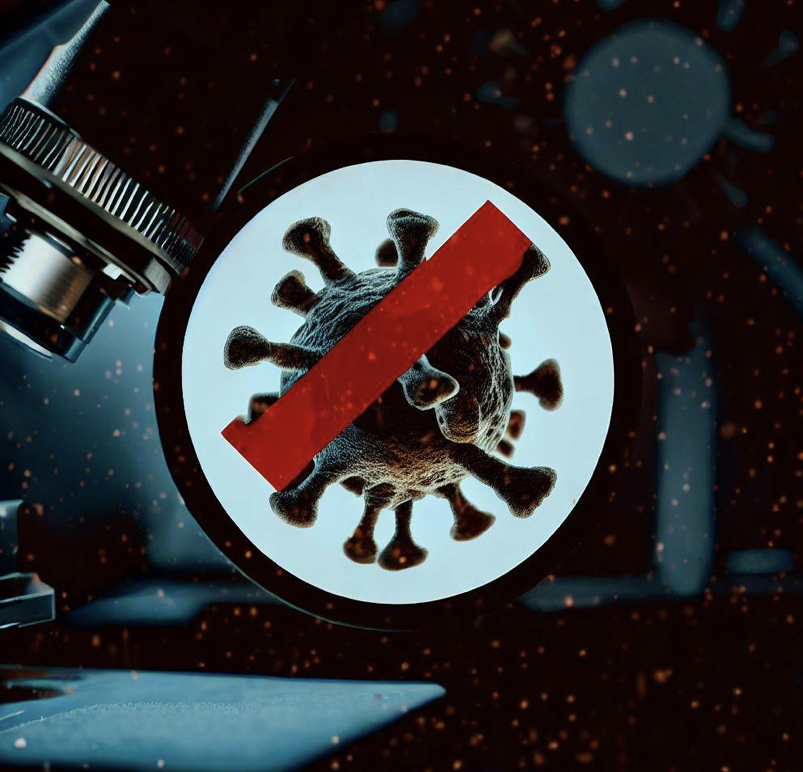A study by a team of researchers from China and the US has claimed to have found evidence that the novel coronavirus that causes COVID-19 was artificially created in a laboratory. The study, which has not been peer-reviewed yet, was posted on the preprint server bioRxiv on October 18, 2022. [ 1a | 1b ]
The researchers used a technique called endonuclease fingerprinting to analyze the genome of SARS-CoV-2, the virus that causes COVID-19. Endonucleases are enzymes that cut DNA at specific sequences, leaving behind characteristic patterns or fingerprints. The researchers compared the endonuclease fingerprints of SARS-CoV-2 with those of other coronaviruses, including SARS-CoV-1, MERS-CoV, and bat coronaviruses.
The researchers found that SARS-CoV-2 had a unique endonuclease fingerprint that did not match any of the natural coronaviruses. They also found that SARS-CoV-2 had several unusual features in its genome, such as a high GC content, a furin cleavage site, and a polybasic cleavage site. These features are not found in natural coronaviruses, but are commonly used in synthetic biology to enhance the infectivity and virulence of viruses.
The researchers concluded that SARS-CoV-2 was most likely created by combining fragments of different coronaviruses using synthetic biology techniques. They suggested that the virus escaped from a laboratory in Wuhan, China, where it was being studied or engineered. They also called for an independent investigation into the origin of the pandemic.
The study has sparked controversy and criticism from other scientists and experts, who have questioned its methods, data, and conclusions. Some have pointed out that endonuclease fingerprinting is not a reliable or conclusive way to determine the origin of a virus, as it can be influenced by many factors, such as mutation, recombination, and selection. Others have argued that the unusual features of SARS-CoV-2 can be explained by natural evolution and adaptation, and that there is no direct evidence of human manipulation or intervention.
The study has also reignited the debate over the lab leak theory, which has been widely dismissed by the scientific community and the World Health Organization (WHO) as highly unlikely and unsupported by evidence. The WHO conducted a joint investigation with China in early 2021 and concluded that the most probable origin of SARS-CoV-2 was a natural spillover from animals to humans. However, some countries, such as the US and Australia, have expressed dissatisfaction with the investigation and have called for further inquiry and transparency.
The lab leak theory has also been fueled by political and ideological tensions between China and the US, as well as by conspiracy theories and misinformation spread on social media and online platforms. The theory has been used by some politicians and media outlets to blame China for the pandemic and to demand accountability and compensation. China has denied any wrongdoing and has accused its critics of politicizing the issue and spreading lies.
The origin of COVID-19 remains one of the biggest mysteries and challenges of our time. It has profound implications for public health, science, diplomacy, and security. It is also crucial for preventing future pandemics and outbreaks. As the pandemic continues to rage on around the world, claiming millions of lives and disrupting societies and economies, finding the truth about where and how it started is more important than ever.
